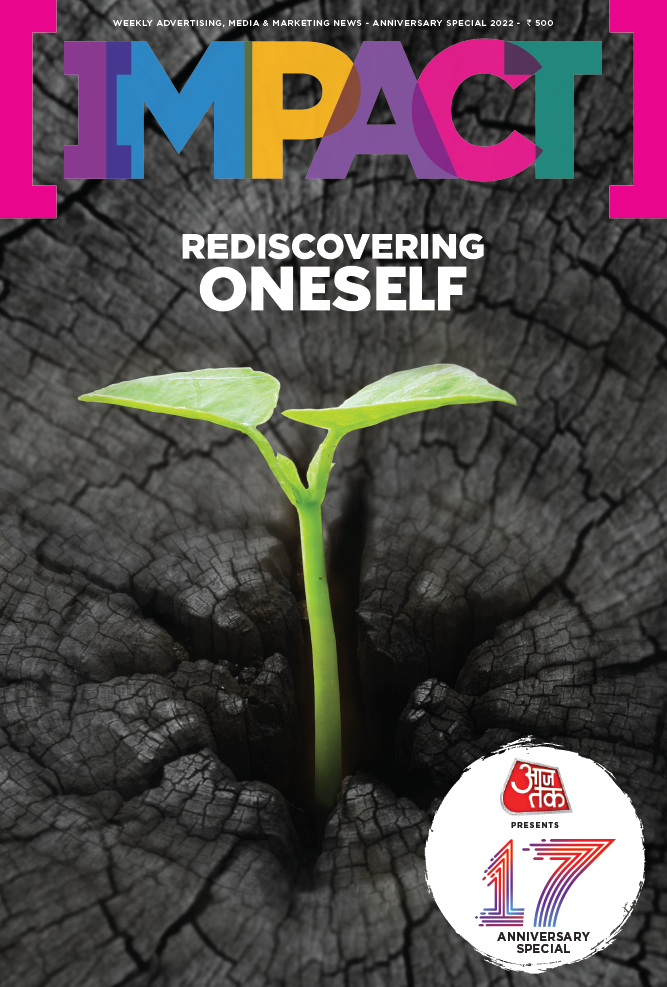The central government’s big bang move on structural reforms announcing a spectrum of tax cuts in September this year has changed the narrative of the country and more so has converted the slowdown sentiment to a positive one. The advertising industry tends to be highly sentiment-driven and is estimated to see an additional Rs 5,000 crores in the advertising market between October and March of this financial year. The corporate tax cut to 22% from 30% and that of new manufacturing companies from 25% to 15% will lead to an increase of Profit After Tax (PAT) for companies, which can further be allocated towards advertising and marketing. Illustrating how the tax cut will impact companies and the industry at large, Lara Balsara Vajifdar – Executive Director, Madison World, says, “The corporate tax relief is supposed to cost the Government Rs 1,45,000 crore. This means PAT of India Inc. will go up by this amount. There will be several demands on this additional money. These are:
• Demand from shareholders for more dividend
• Demand from consumers to lower prices, which will also make the brand more competitive
• Demands for additional investment in capacity expansion, modernisation etc.
• Demand from marketing to increase advertising allocation
Whilst different companies, depending on their category will utilise the additional money differently, it will be fair to assume that consumer companies that use advertising to build their brands and competitiveness in the marketplace will use some of this money towards advertising. A realistic estimate would be that about 5,000 crores extra will come into the advertising market between October and March of this financial year. This will go a long way in meeting the shortfall in spends in the first months.”
BRINGING RELIEF IN TOUGH TIMES
This announcement has come on the back of three tough quarters, which were pulling the economy and company balance sheets towards red. McKinsey & Company, the American worldwide management consulting firm, in its recent article on ‘Resilience in TMT: Winning in downturns’ highlights, “Economic downturns hold substantial























